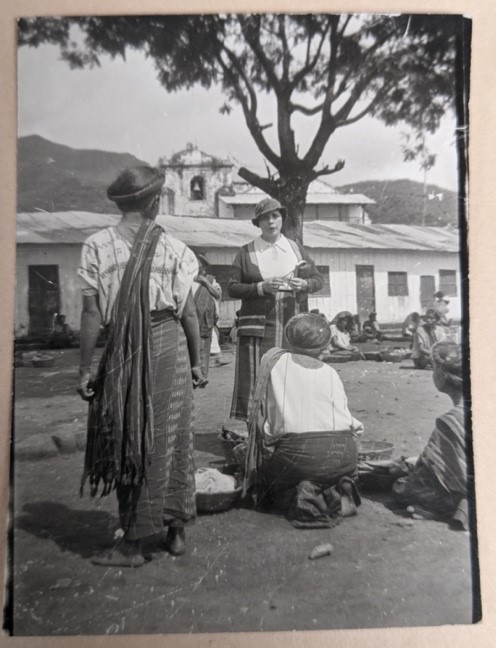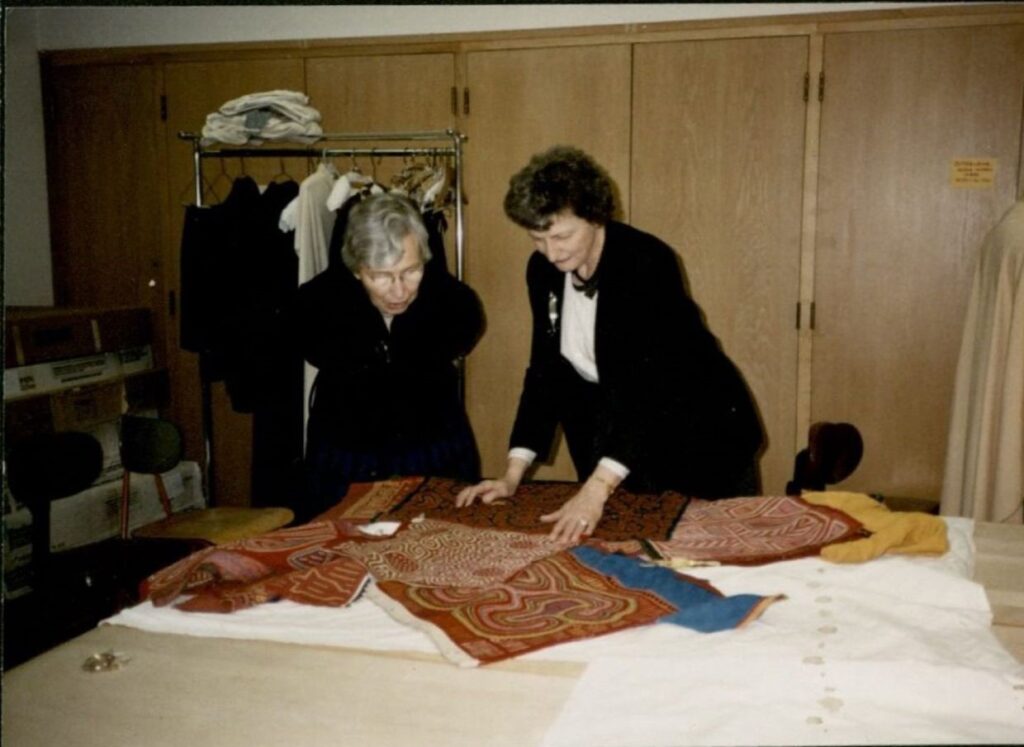In 1872, Mary B. Welch, ISU’s then president’s wife, offered the first courses at ISU in domestic economy, marking ISU as the first land grant university to offer such courses for college credit. In the 20th century, domestic economy, which was also called domestic science, was changed to home economics and in 1908 the American Home Economic Association was formed. The association’s journal The Journal of Home Economics published a paper in 1911 by Professor Fales about the importance of teaching a course in historic costume, one of the original influences on how and why professors established university textile and clothing collections in the United States. Because no fashion history textbooks were published at that time, Fales suggested acquiring extant fashion history examples to support teaching in this area. As faculty began acquiring these fashion objects, the collections grew and were a part of the apparel departments. Through these processes, many of the land grant institutions in the United States such as Iowa State University, University of Minnesota, University of Rhode Island, University of Nebraska, Lincoln, and Colorado State University developed substantial textile and apparel collections for use in their curricula.





